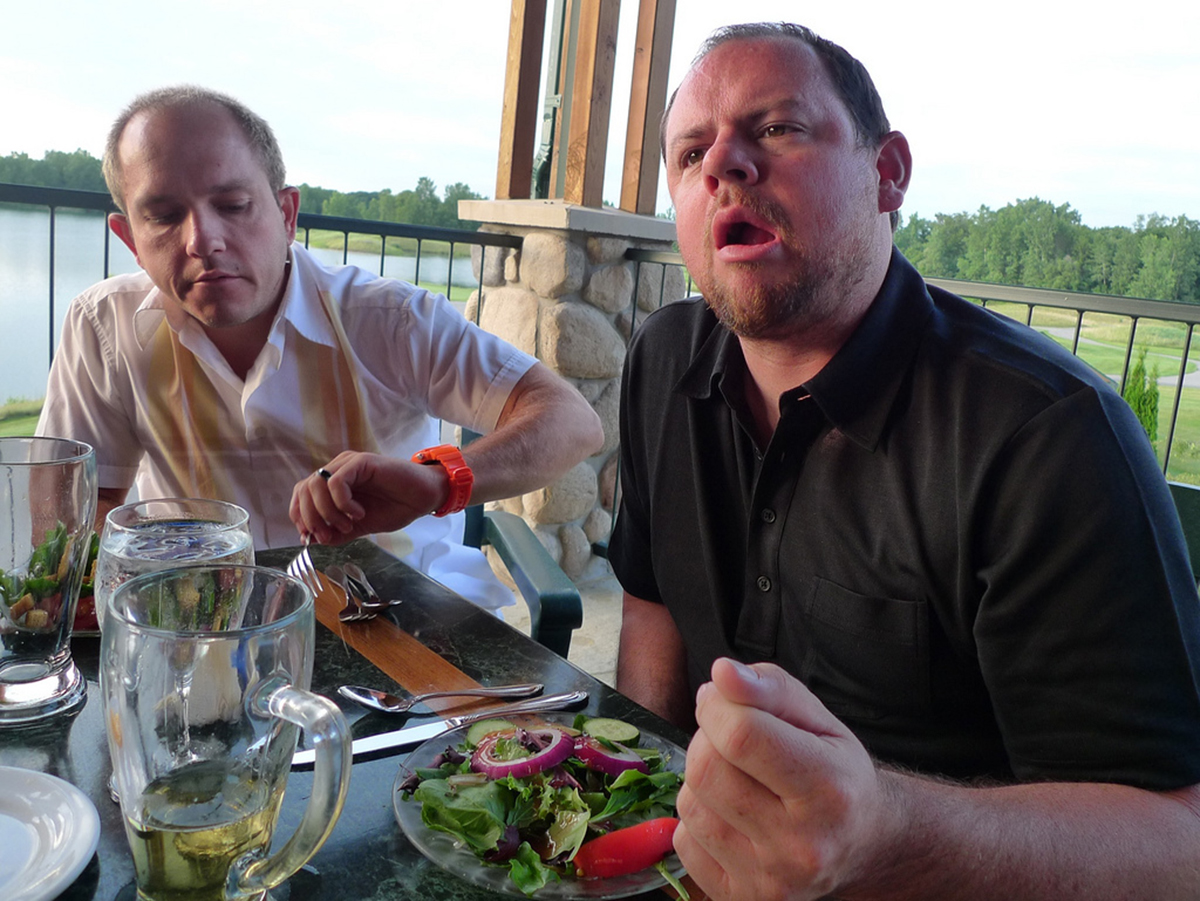Table of Contents
A facial tic itself is not dangerous and does not require treatment. Still, depending on the severity of the tics, they can interfere with a person’s quality of life. They may feel self-conscious, and it may limit activities. The type of treatment recommended may depend on the severity of the facial tics.
Treating Tic Disorders
There are a few different types of treatments that may be recommended to treat facial tics in adults. Medications are a common form of treatment used to treat facial tics. There are different classifications of medication that may be used based on the severity and frequency of symptoms.
Neuroleptics are a type of medication that are used to treat psychosis. But in low doses they can be used to treat tics. Neuroleptics affect the brain chemical dopamine, which plays a role in movement. Although certain neuroleptics can have a number of side effects, such as blurred vision and weight gain, newer meds tend to have less unwanted effects.

Alpha2-adrenergics agonists are another type of medication used to treat facial tics. In studies, alpha2-adrenergics reduced the frequency of tics in about 50 percent of people who took them. They also tend to have fewer side effects than neuroleptics and are generally well tolerated.
Medication to treat underlying conditions that may increase facial tics may also be prescribed. For instance, some people who have obsessive- compulsive disorder suffer from facial tics. Prescribing medication that treats the mental health disorder may also treat the facial tics.
Self-Help Strategies To Curb Tics
In many cases, clinical treatment may not be needed, especially if facial tics are not severe. Whether medical treatment is needed or not, there are several self-help measures you can take to reduce the frequency of tics and learn to deal with them.
Educate yourself regarding tics: One of the first steps to take is to educate yourself. Understanding what increases facial tics and what your treatment options are is essential to deal with the condition.
Consider seeing a specialist if tics are interfering with your life: If facial tics are decreasing your quality of life, a neurologist can explain all treatment options including the benefits and risks of each.
Reduce stress: While stress is not a direct cause of facial tics, it can increase their frequency and severity. It’s important to find healthy ways to decrease stress, such as meditation, exercise and deep breathing exercises.
Live a healthy lifestyle: Some studies link nutritional deficiencies to increased facial tics. Sleep deprivation may also increase the severity of tics. Living a healthy lifestyle including eating a well-balanced diet, and getting enough exercise and rest will improve your overall wellbeing and may decrease facial tics in some people.
READ What Is Dialectical Behavior Therapy, And Would You Benefit?
Don’t limit activities due to facial tics: Although, in some instances, facial tics may be frequent, it is important to try to go about your normal routine and activities. Limiting activities and isolating yourself does not help the situation. In fact, it can lead to increased anxiety and stress, which can make tics worse.
- www.healthline.com/health/facial-tics#Overview1
- www.nhs.uk/Conditions/Tics/Pages/Introduction.aspx
- jnnp.bmj.com/content/68/6/738.full
- Photo courtesy of Patty Maher via Flickr: www.flickr.com/photos/closetartist/5946467156
- Photo courtesy of Patty Maher via Flickr: www.flickr.com/photos/closetartist/5946467156
- Photo courtesy of SanFranAnnie via Flickr: www.flickr.com/photos/sanfranannie/3788993473


Your thoughts on this